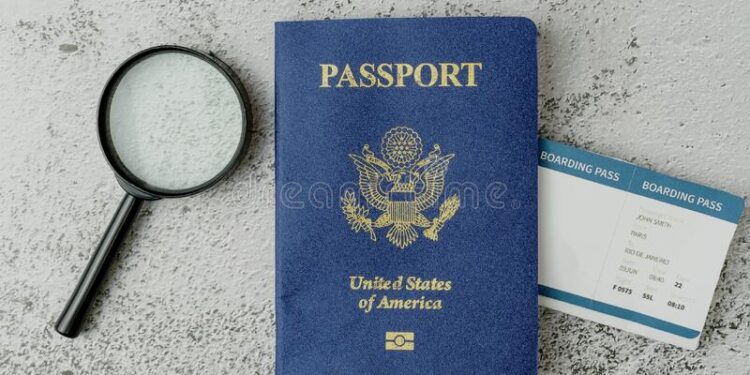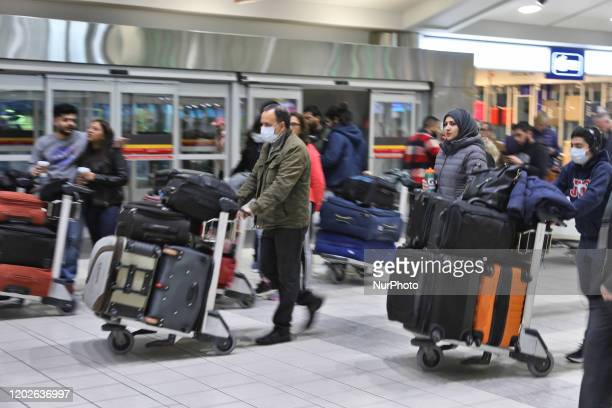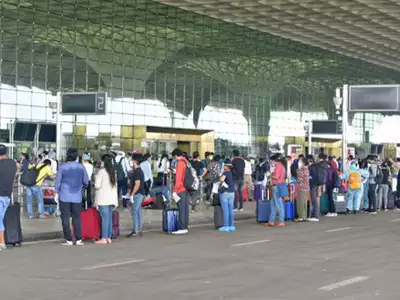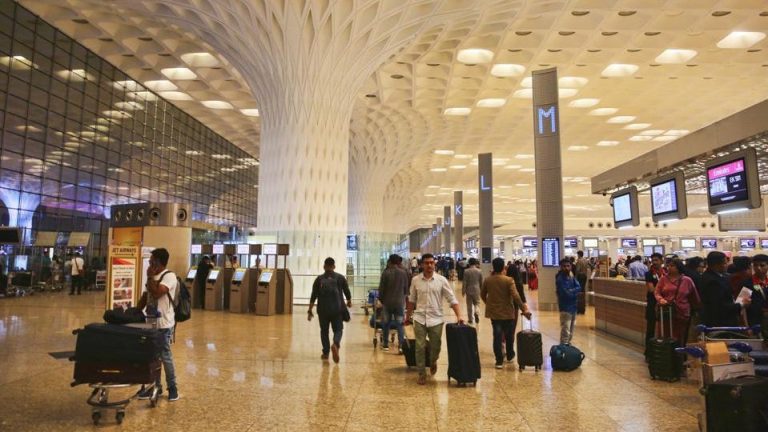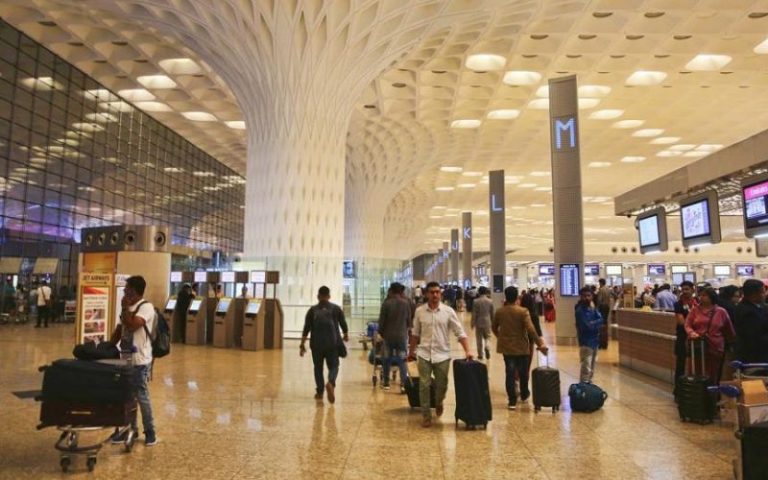Understanding India’s Visa Rules for Departure: A Comprehensive Guide
Are you planning to travel to India? If so, understanding the country’s visa rules for departure is crucial to ensure a hassle-free experience. With different types of visas available and various regulations involved, navigating through the process can be overwhelming. But don’t worry, we’ve got you covered! In this comprehensive guide, we will walk you through everything you need to know about India’s visa rules for departure. From eligibility criteria and application procedures to documents required and processing times – read on to gain a better understanding of how it all works. INDIAN VISA PORTS OF EXIT
What is a visa?
A visa is a document that allows a foreign visitor to enter, stay in, or leave a country. Different visas allow for different lengths of stay and different types of travel. To get a visa, you must apply through the appropriate government agency.
There are different types of visas that you may need. A visa for tourism allows you to visit India for up to 30 days with no intention of working or staying longer than that. A business visa lets you stay in India for up to six months to pursue business activities. A student visa allows you to study in India for up to one year.
To get a visa, you must submit an application through the appropriate government agency. The application process can take several weeks or even months, so be prepared to wait awhile before hearing back from the agency about your application status.
Once you have received your visa approval letter, make sure that you bring along all of the necessary documentation when traveling to India. This includes your passport photo, airline tickets, and any other documentation required by the embassy or consulate where you will be applying for your visa. INDIAN VISA FOR AUSTRALIAN CITIZENS
How can I get a visa?
If you are planning to visit India for an extended period of time, you will likely need a visa. Visas can be obtained from Indian embassies and consulates around the world. The most common type of visa is the tourist visa, which allows visitors to stay for a specified period of time and conduct limited activities. Other types of visas include business visas and student visas.
Before applying for a visa, you must gather the appropriate documents. These include your passport photo, your entry ticket into India, Evidence of Financial Support (if applicable), and your passport application form. You can download the application form from the Indian embassy or consulate website.
You must also provide documentation that proves your identity and citizenship. This includes copies of your passport identification page, driver’s license, national ID card, or other government-issued identification document.
After you have gathered all of the required documents, you can submit them to the embassy or consulate nearest to where you reside. You will then receive an approval letter indicating whether you are eligible for a visa or not. If you are not eligible for a visa, you will be notified of this and advised on how to obtain a waiver if necessary.
Which Indian states have visa-free access?
The following Indian states have visa-free access for foreign nationals: Arunachal Pradesh, Assam, Bihar, Chandigarh, Dadra and Nagar Haveli, Daman and Diu, Goa, Gujarat, Lakshadweep, Maharashtra, Manipur, Mizoram, Nagaland, Odisha
Which Indian states require a visa for entry?
According to the Indian Ministry of Home Affairs, visa requirements for departure vary from state to state. The following is a list of all the Indian states that require a visa for departure:
A visa is not required by any Indian state for citizens of Afghanistan, Bangladesh, Bhutan, China, Cyprus, Indonesia, Japan, Kyrgyzstan, Maldives, Nepal, Pakistan, Sri Lanka and Thailand.
What are the visa requirements for other countries?
Visitors to India must have a visa if they are not citizens of India or if their stay is limited to less than six months. The most common type of visa is the tourist visa, which allows visitors to stay for up to 30 days. Other types of visas include business visas, student visas, and work visas.
To obtain a visa, applicants must submit an application form and pay a fee. Applicants should also provide proof of travel arrangements and sufficient funds to cover expenses while in India. If applying for a tourist visa, applicants must also provide a valid passport and proof of hotel reservations. Visa applications can be made at any Indian embassy or consulate.
